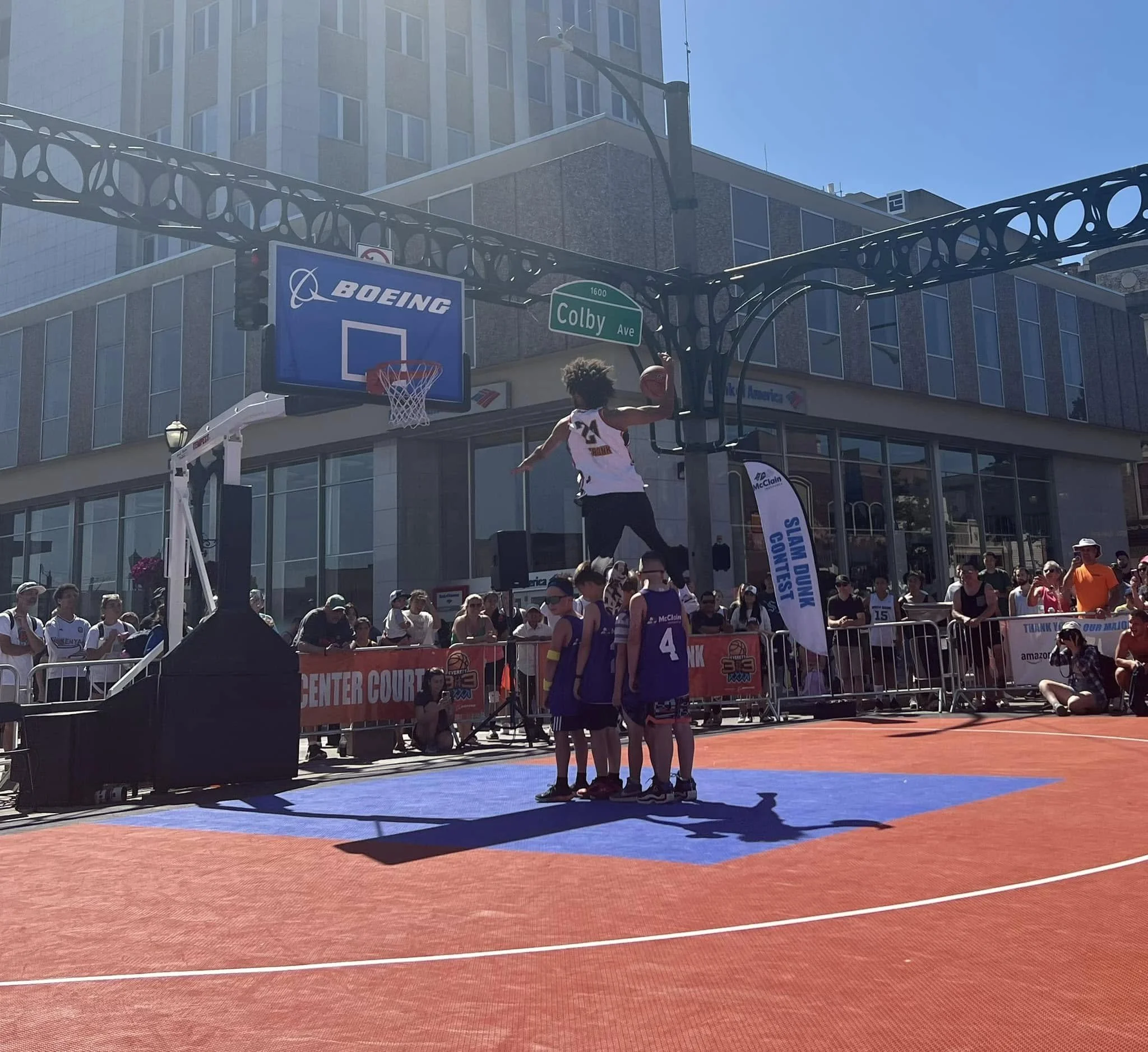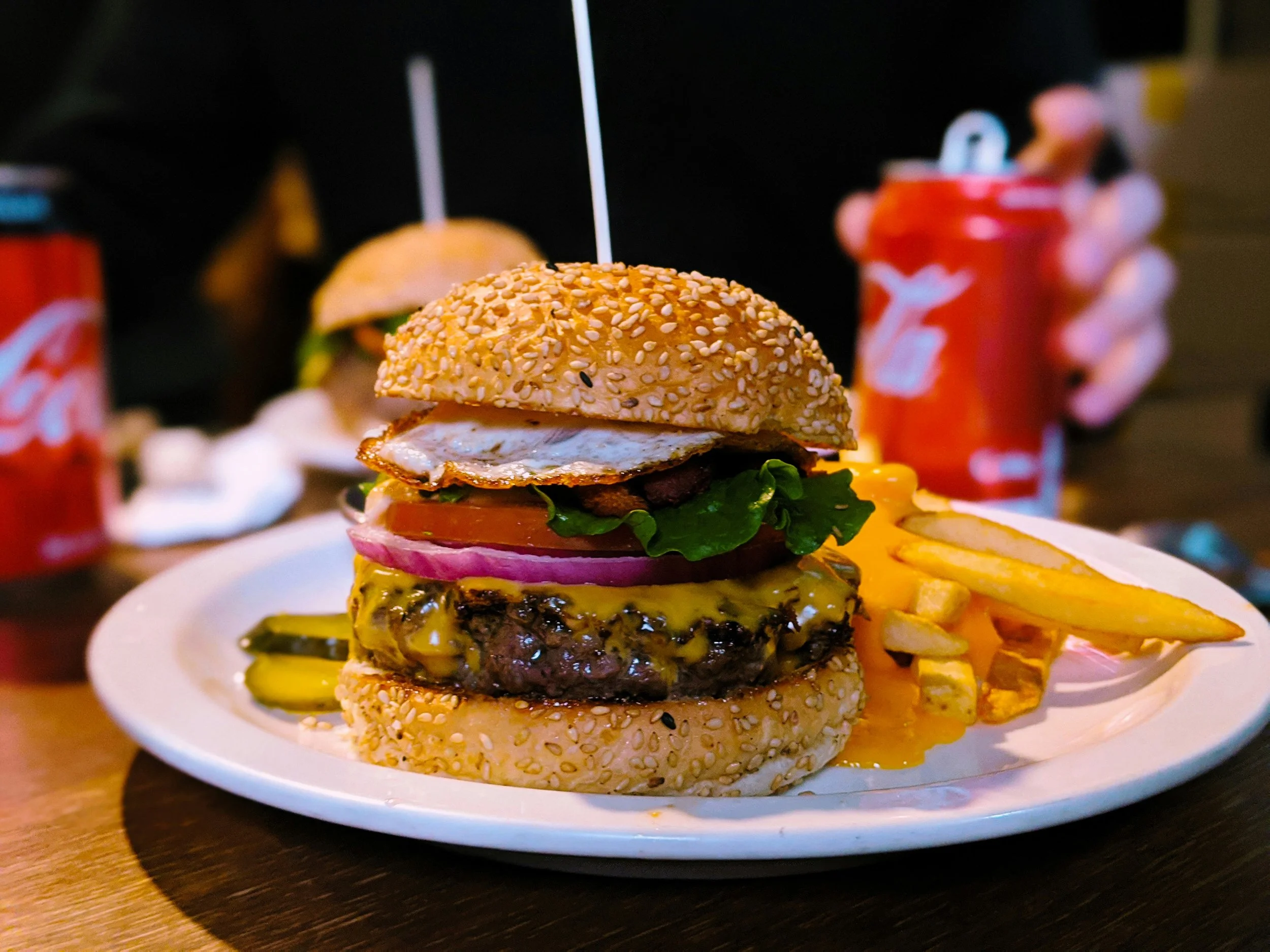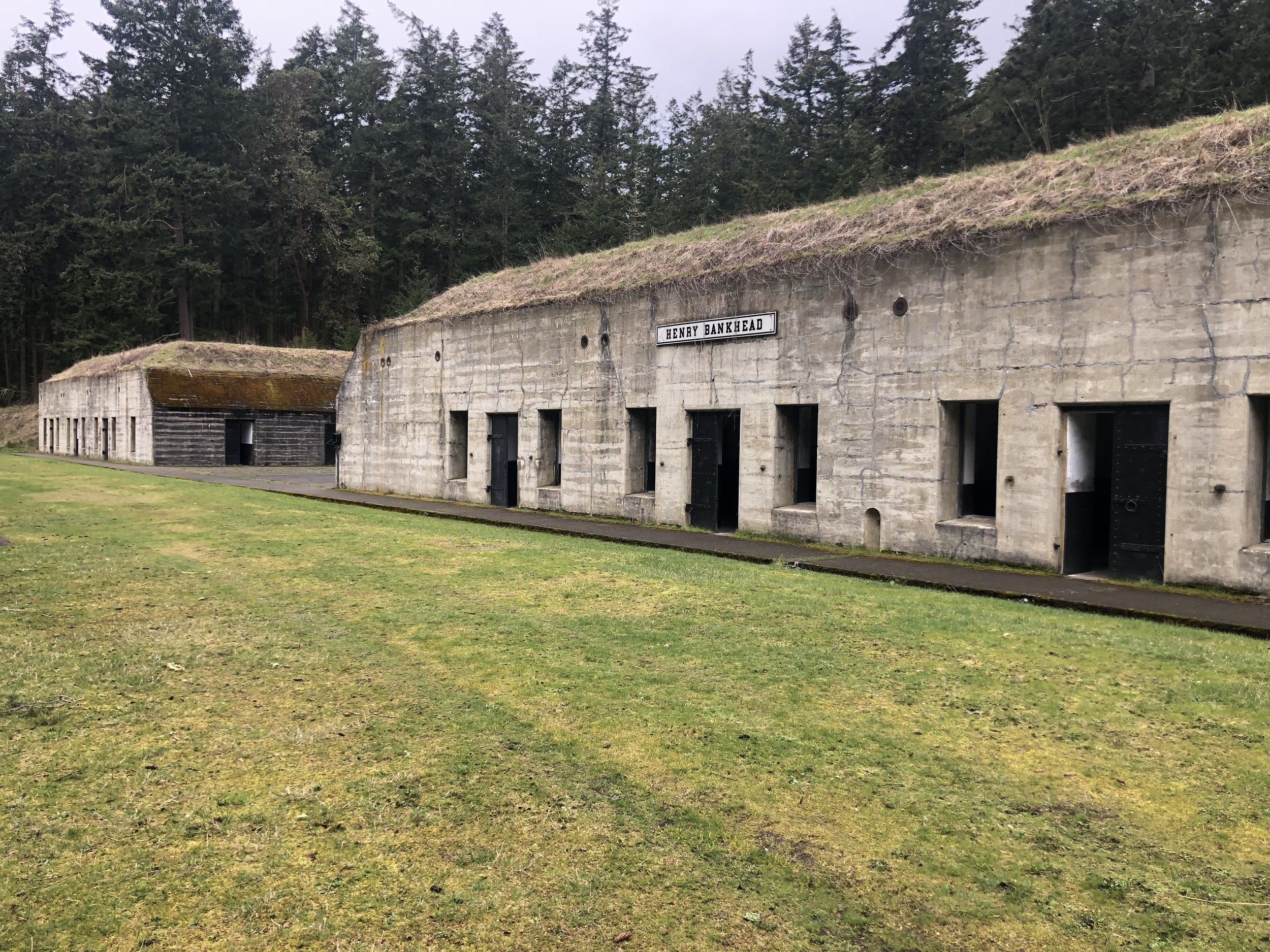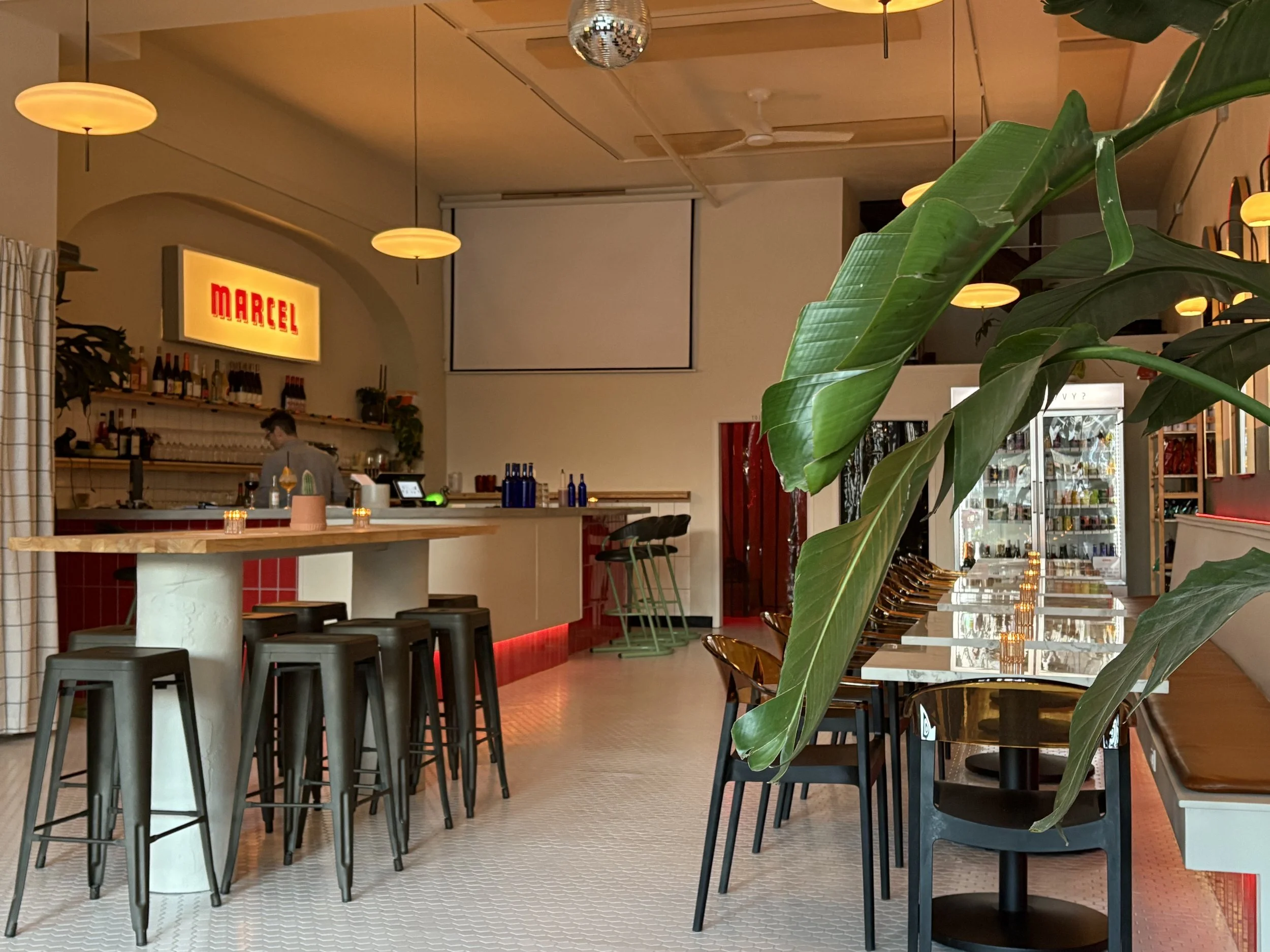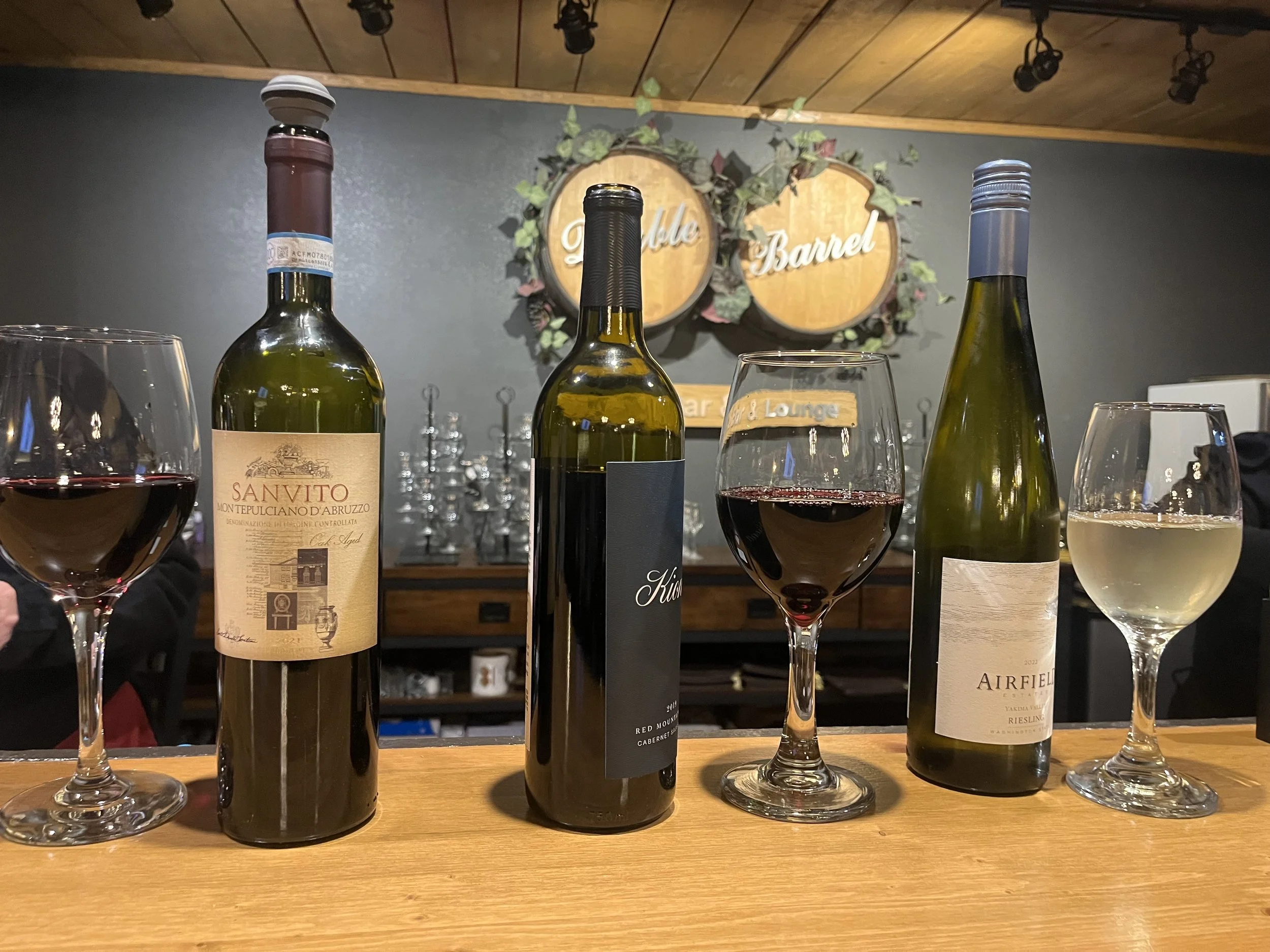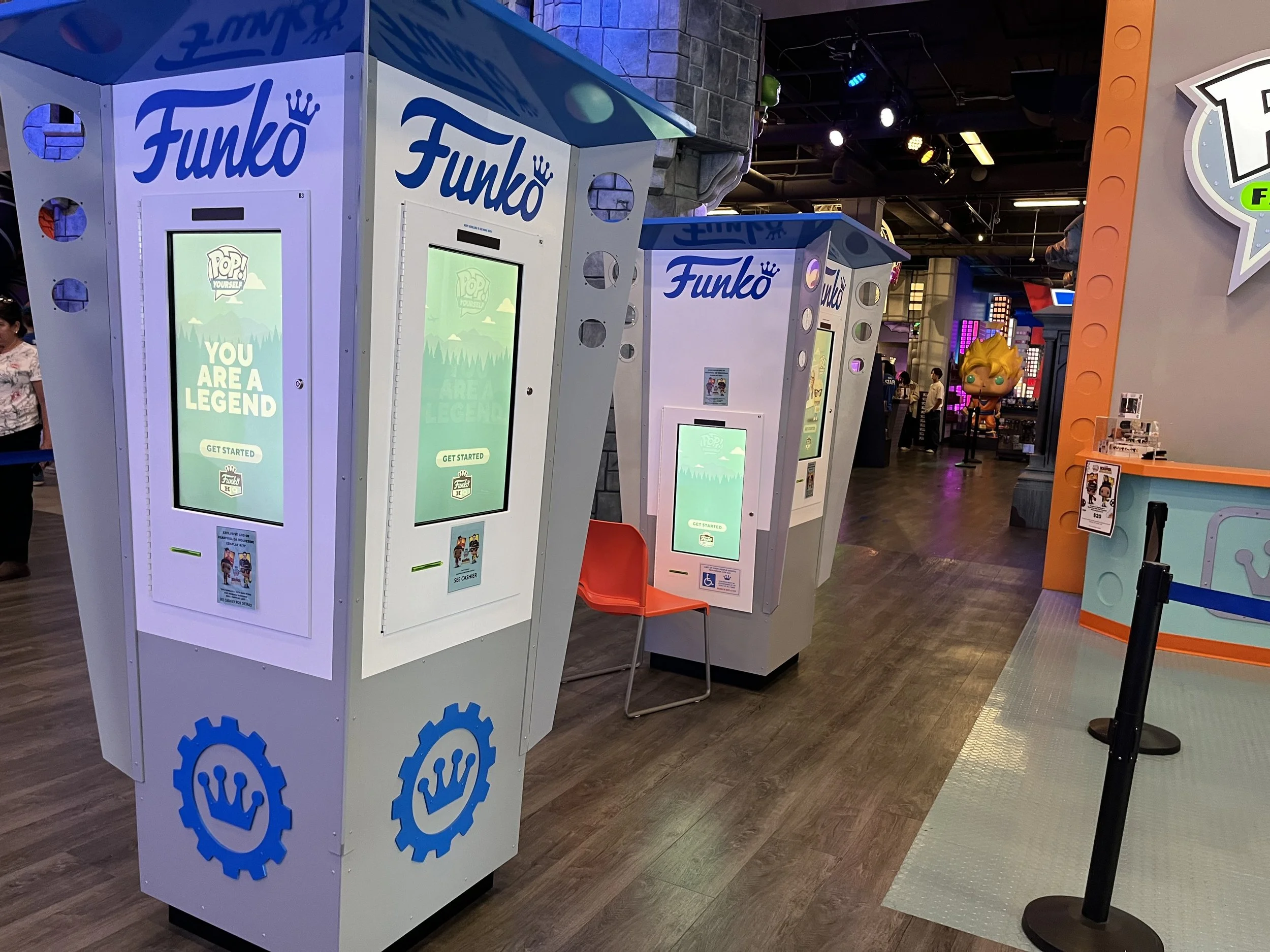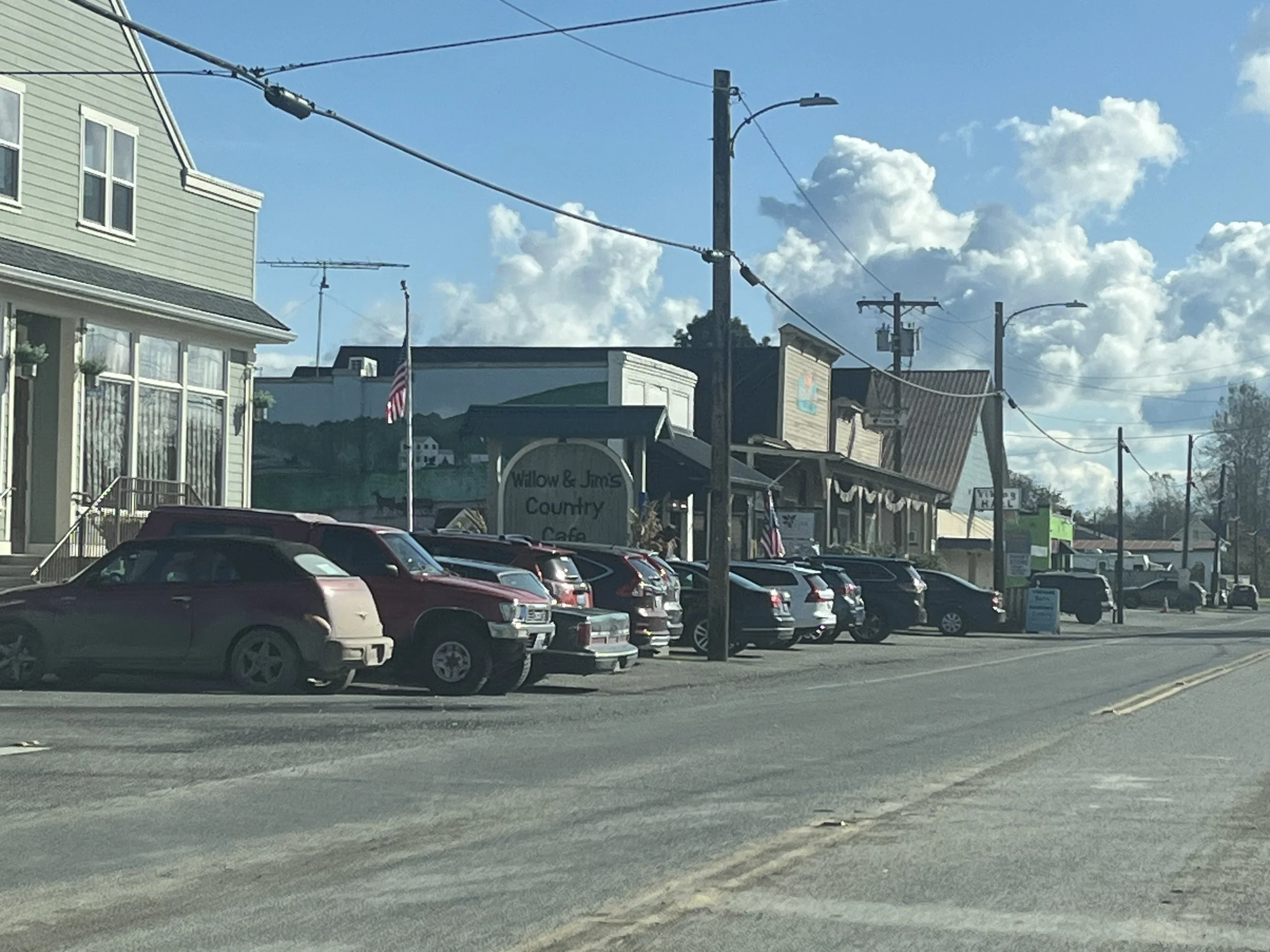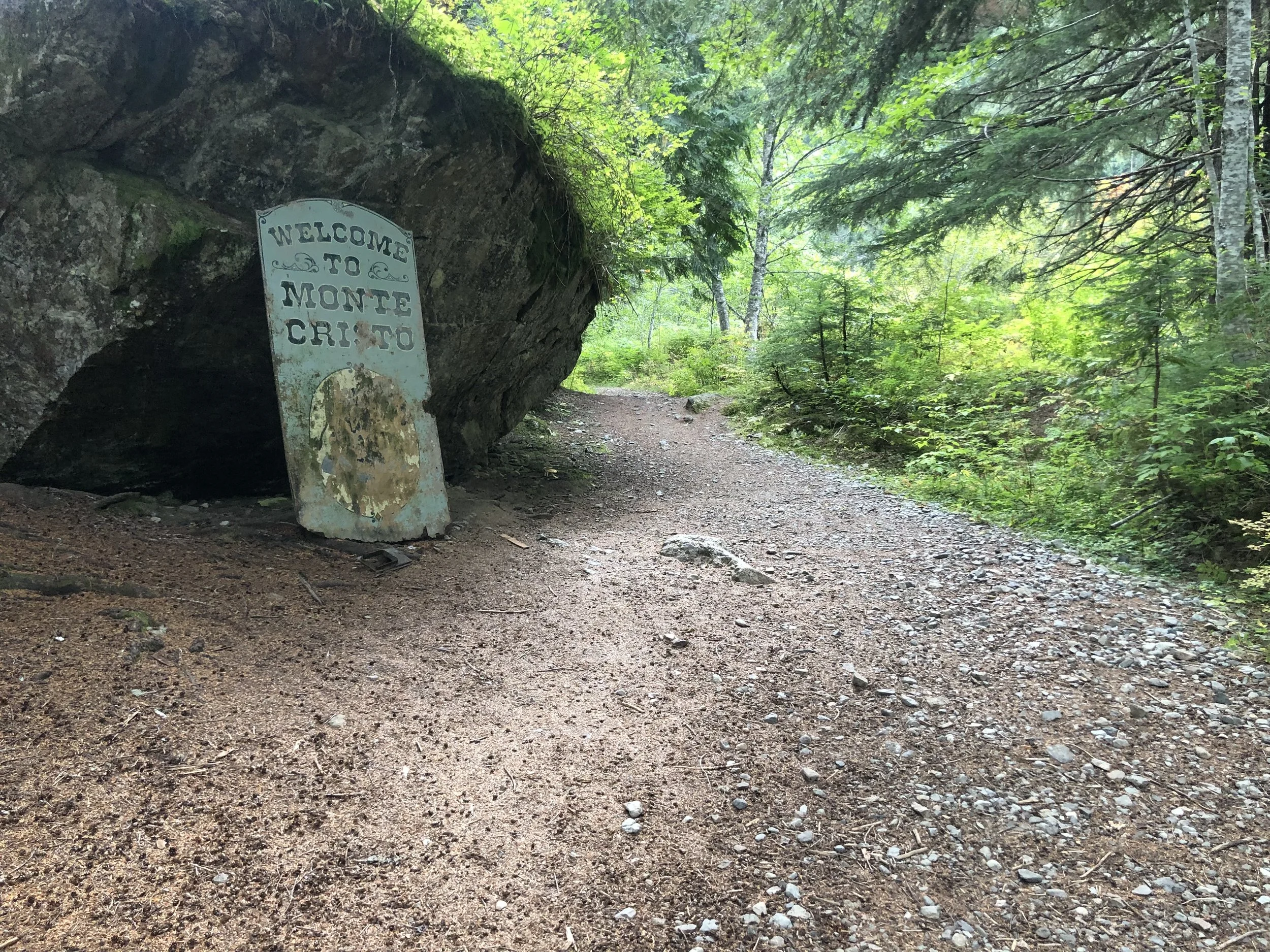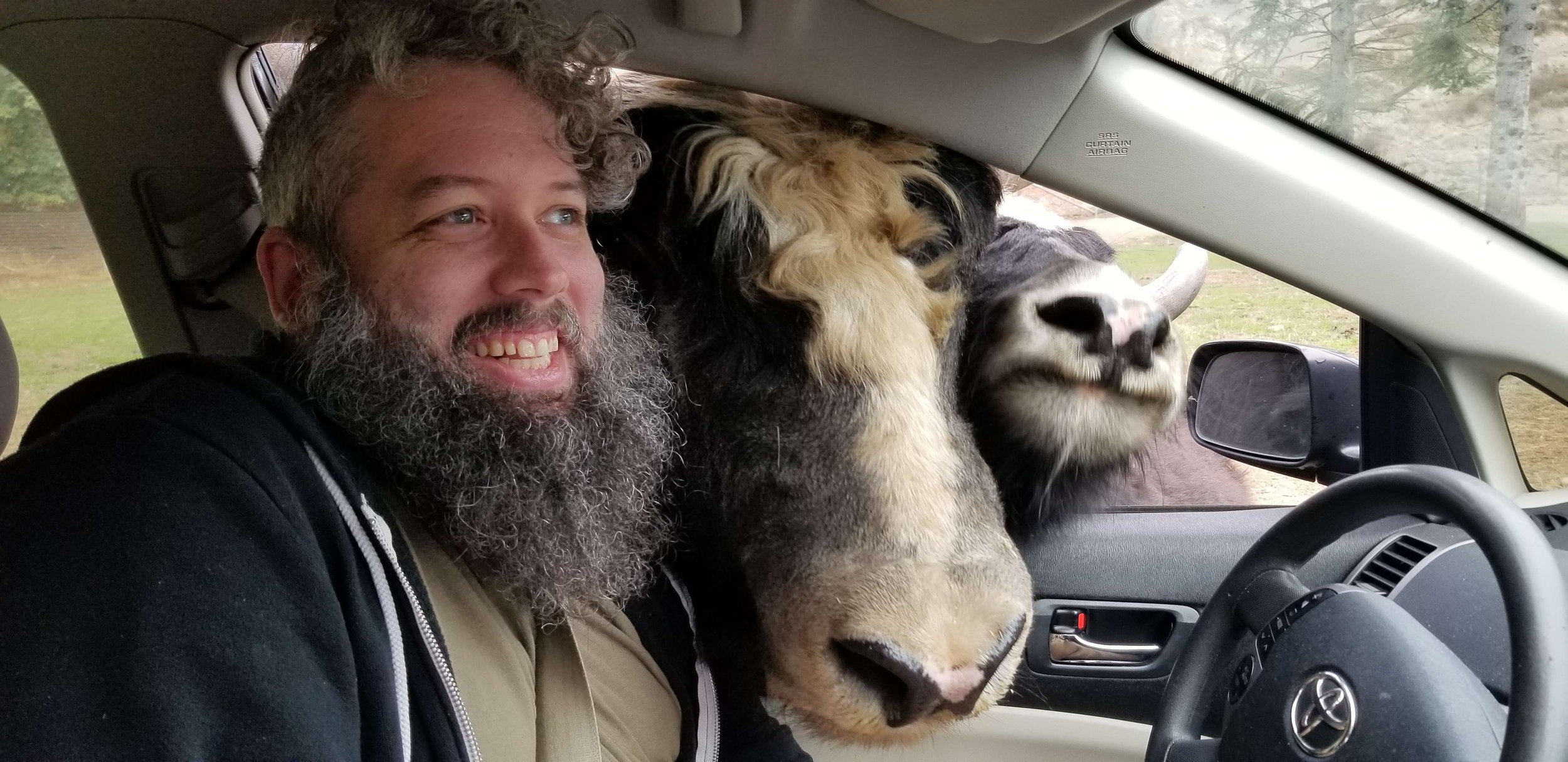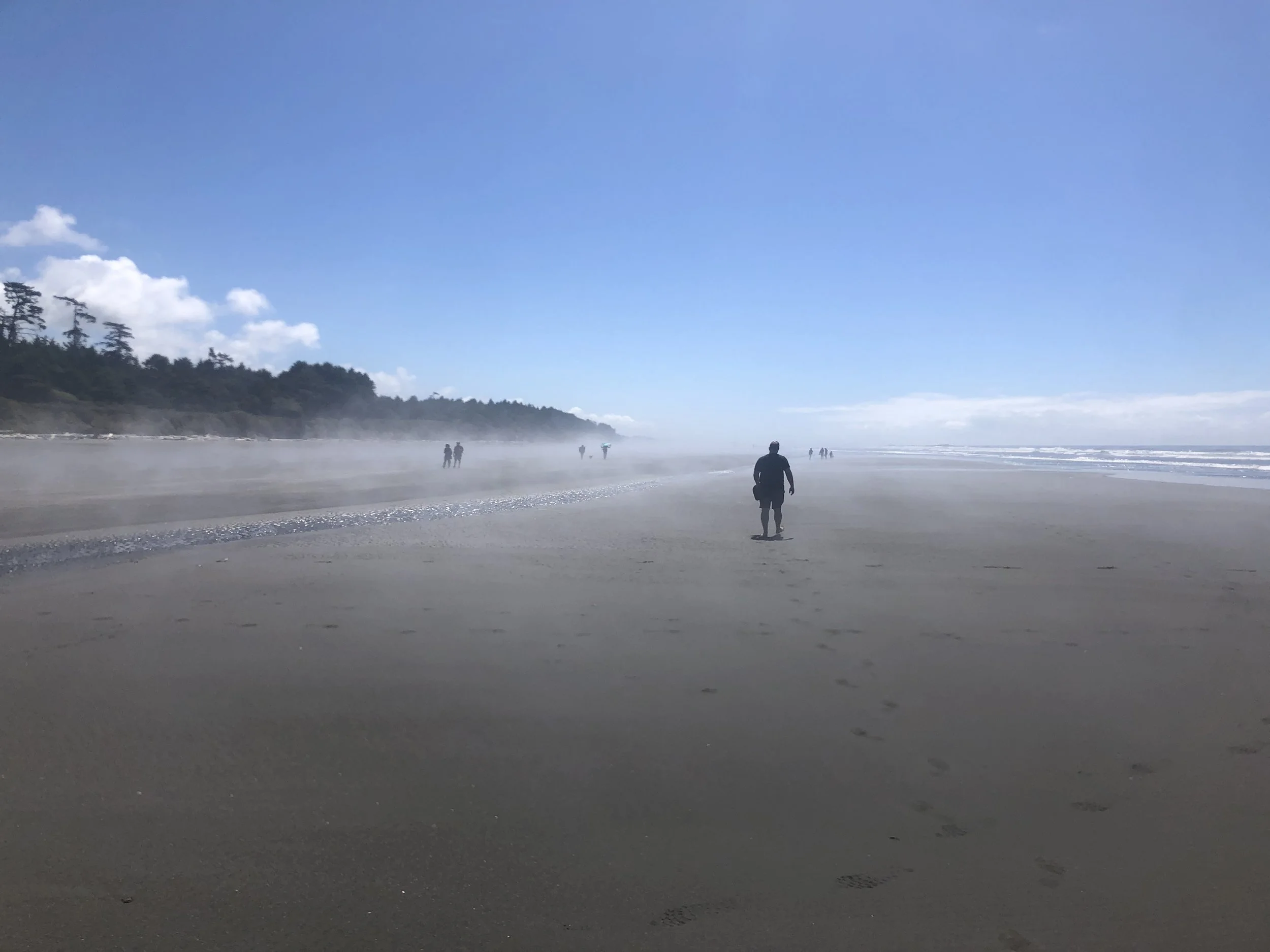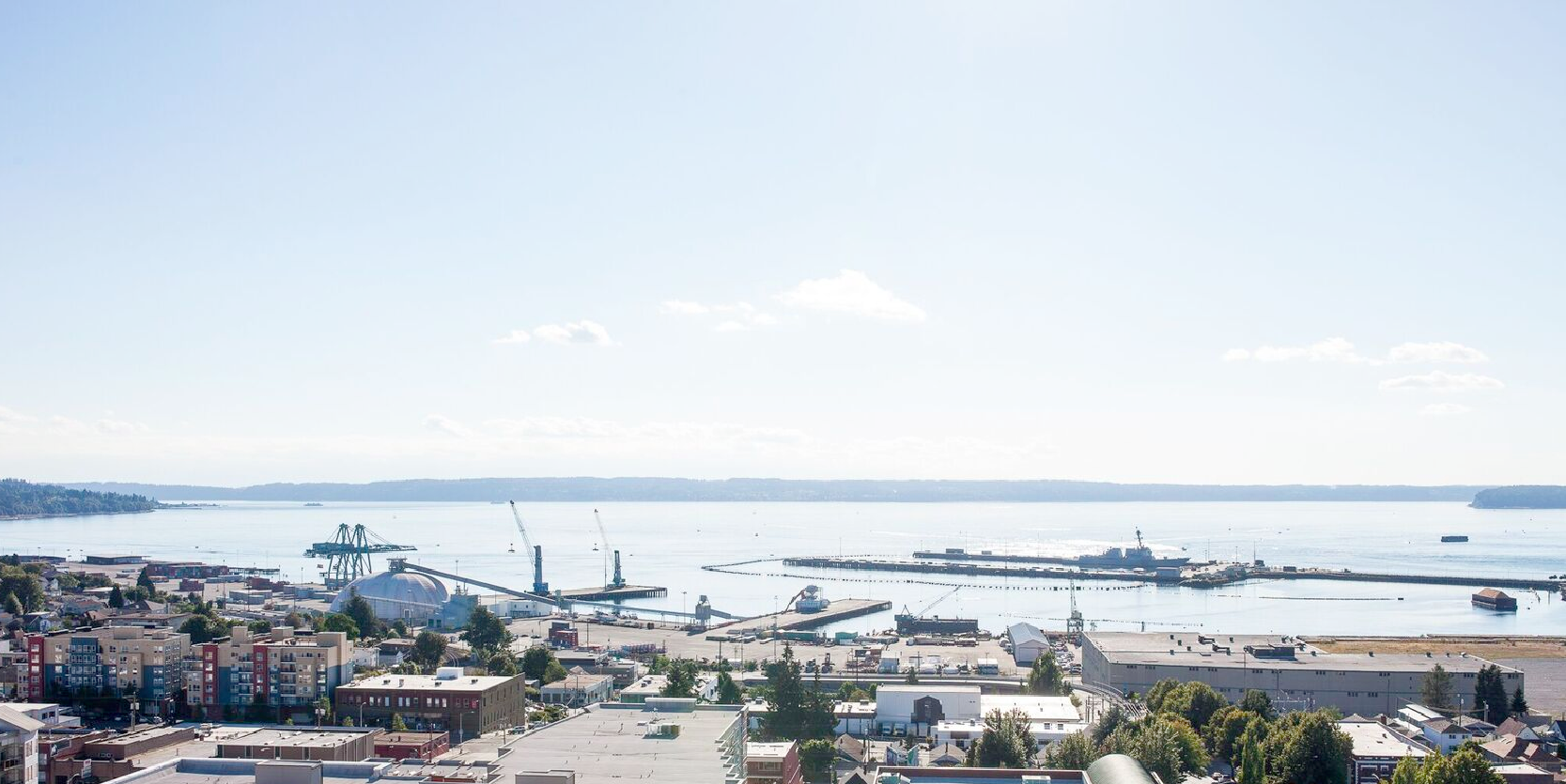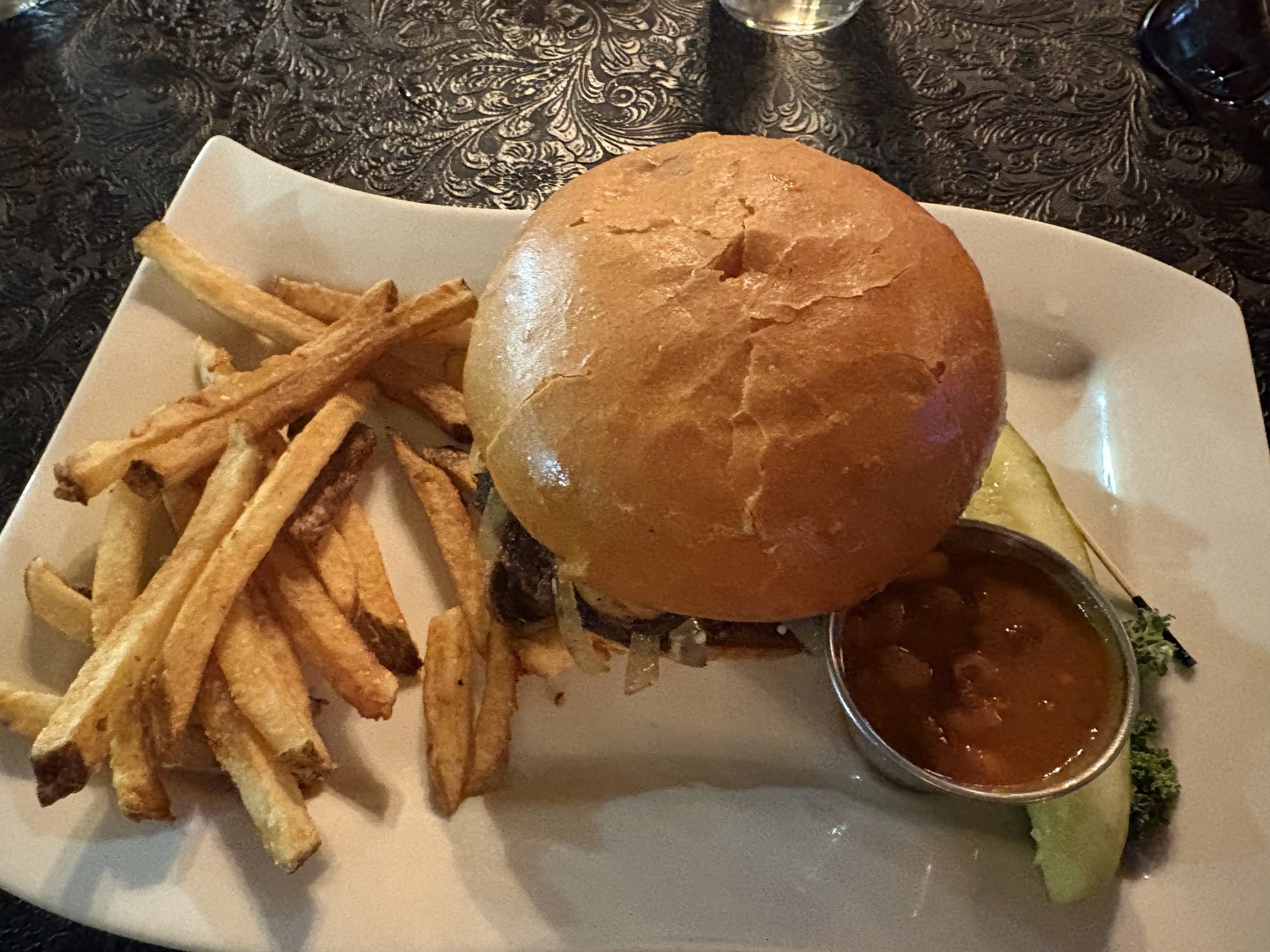Respect the Leviathan: Meet the Whales of Possession Sound
Cool fact: every year, grey whales travel from calving lagoons in Baja Mexico to the Bering Sea in Alaska — a journey of 12,000 miles. One of their favorite places to stop on their journey is at the mouth of the Snohomish River, just off the coast of Everett.
Let’s talk about a grey whale named Patch. Patch loves Possession Sound. He’s been coming here since 1991. He’s recognized by scientists by the telltale white mottling on his dorsal hump.
Nutrients from the Snohomish River feed ghost shrimp in the intertidal zone at the mouth of the delta, and the shrimp, in turn, feed Patch and his fellow greys. Patch filters shrimp out of the muddy shallows with his baleen.
Patch the whale // Courtesy Island Adventures
If you’re lucky enough to see a grey whale up close, you’ll likely smell their spouted breath which belies their seafood diet. Their breath permeates the air when they surface, accompanied by their telltale spouts. The breath of whales is full of ejected mucus and smells like shrimp-scented farts: not exactly what you might expect from such a grand creature.*
And they are grand. To see a whale surface and submerge back into Possession Sound is to understand, like sailors of yesteryear, that the great leviathan is a creature to respect. The serpentine motion of a whale’s dorsal hump revolving is like watching a sea monster part the waves. (Indeed, the word “whale” comes from the same Old English word for “wheel” — as in, something that revolves: the diving motion turning and turning as the whale seeks bottom then surface, in turn.)
Grey whale breaching photo sequence // Wikipedia
In April 2010, Patch was attacked by a pod of transient orcas. Orcas in the Salish Sea fall into two camps: resident pods (who eat salmon) and transient pods, who are something like nature’s motorcycle gangs — traveling around in packs, menacing sea lions and eating harbor seals.
The transient orcas attacked Patch. They assaulted him from beneath, trying to rip into his soft belly with their sharp teeth. Patch outmaneuvered them, rolling his belly to the surface and turning his back to their attacks. Grey whales are covered in sharp barnacles.*
Patch’s back barnacles began to cut the faces of the orcas. Finally, they transient pod gave up and swam away, unable to sink Patch.
Patch swam into a shallow bay that day to recover. Scientists were unsure if he’d return. He was back the next year. And the next.
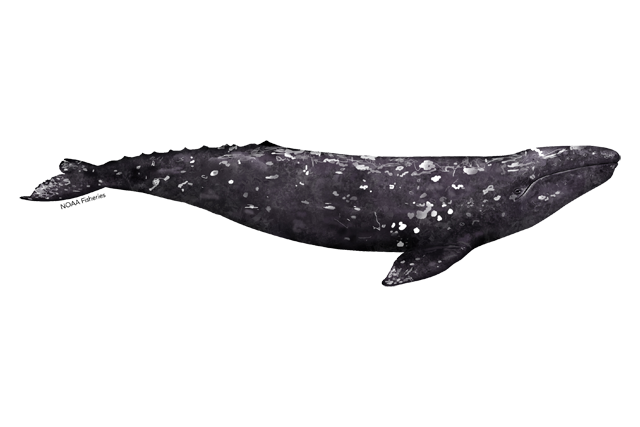
A grey whale // Courtesy NOAA Fisheries
How do we know so much about Patch?
Whales are carefully watched in Possession Sound and surrounding waterways by scientists and naturalists aboard whale watching vessels.
Scientists use Google Earth to spot whale “feeding pits” on the floor of Puget Sound. There are about 14,000 feeding pits that have been identified in our neck of the Salish Sea. Whales will filter shrimp in surprisingly shallow depths— coming in about ten feet offshore. Their burrowing spots show up as light patches among dark shallows on satellite images.

The Saratoga, a whale-watching vessel // Courtesy Puget Sound Express
I recently went on a tour that left from Edmonds and took myself and fellow passengers up to Possession Sound. It was amazing to see Everett from the center of Possession Sound — our city looks beautiful in the morning sunlight under the Cascade Mountains. If you ever get a chance to see Milltown this way, take that opportunity.
The tour company, Puget Sound Express, does a great job of protecting the personal space of whales. Their state-of-the-art ultralight catamarans zip across the Sound to where whale activity has been reported. Once a whale has been seen they cut the engines and drift nearby.
I found the posture of the Puget Sound Adventures tour company to be very respectful toward the whales. They’ve been leading whale tours for three generations. Between whale breachings, the naturalists on board educated us about whale biology and conservation — pretty much all the information at the beginning of this article I learned on this trip.
We saw three whales that day.

Chilkat Express hydrofoil catamaran // Courtesy Puget Sound Express
Someday I’m going to tell my kids how I saw whales. Hopefully, this won’t be a big deal. Hopefully, they won’t be aghast like I saw dinosaurs or something elusive and extinct.
What’s our obligation to these gentle and smelly creatures who frolic just offshore?
Here’s one perspective. The ocean belongs to no one. Here’s another perspective: the ocean belongs to everyone. Trying balancing this paradox in your mind and maybe you’ll get an idea of what our obligation is to the sea and its creatures of the deep.
I recommend seeing a whale while you still can.
“There is no folly of the beast of the earth which is not infinitely outdone by the madness of men.” - Herman Melville, Moby-Dick; or, the Whale
* Fun, but also gross, fact: grey whales are also particularly prone to something called “sea lice.” Scientists recognize roughly 559 species of sea lice and some species affect humans. I came away from the whale watching expedition with mixed feelings about whales: were they grand and mythic creatures of Moby Dick or barnacle- and lice-covered shrimp-farters? I think they’re somewhere between, bold and humble; nuanced like the rest of us.

Richard Porter is a writer for Live in Everett








